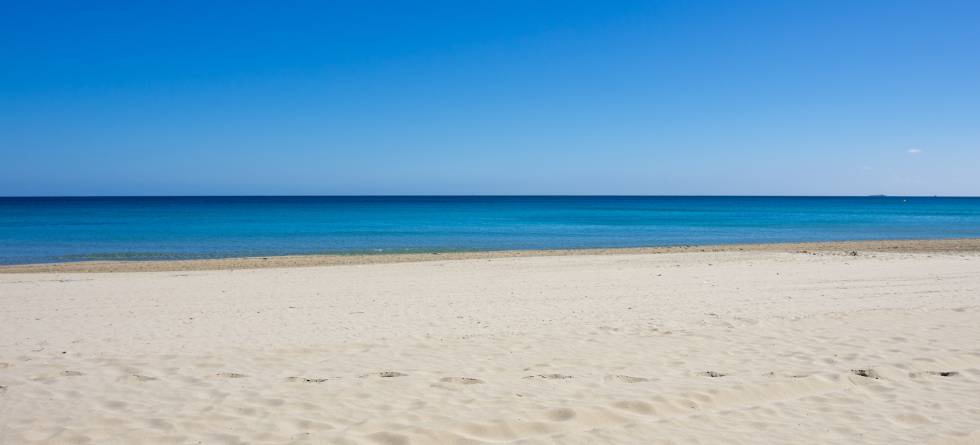The Mediterranean region is vulnerable to droughts. The region is densely populated and receives rainfall mainly during winter. In the summer months, the Mediterranean countries depend on the rain that fell the previous winter.
A new study led by Camille Li, professor at the University of Bergen and the Bjerknes Centre, shows that a two-degree warming could have serious consequences in the Mediterranean region. The model study, which compares the differences between a warming of 1.5 degrees and 2.0 degrees from pre-industrial times (1850), shows that serious changes occur around the Mediterranean in the 2.0 degree experiment.
"I am surprised that we see such clear signals in the experiments. Looking at 10-year periods, the probability of extremely dry decades increases substantially. With a warming of 1.5 degrees, we don’t see this tendency as clearly", says Li.
There will still be fluctuations, with relatively wet decades and individual winters, but the probability of extremely dry decades will be five times as high as today.
Wet in northern Europe, dry in southern Europe
One of the main conclusions in the last report from the IPCC is that wet regions will get wetter and dry regions drier. This conclusion was based on global temperature increases of more than two degrees.
In the new study, Li and her colleagues have looked at what they would classify as weak warming scenarios, and whether the "wet gets wetter and dry gets drier" idea holds for a world that is 1.5 degrees or 2.0 degrees warmer than 1850. This is equivalent to a warming of 0.7 or 1.2 degrees from today.
Northern Europe will get wetter in both cases. When the world heats up, the hydrological cycle intensifies because warmer air can hold more water vapor before it is saturated. northern Europe is already a wet region because it sits at the tail of the storm track crossing the North Atlantic.
Additional effect: storm tracks extended
In a world that is two degrees warmer, a new effect comes into play for northern Europe on top of the general "wet gets wetter". Model simulations show that the storm track over the North Atlantic extends farther to the east. Low pressure systems, and the rain they bring, travel further east towards continental Europe.
The 1.5 and 2.0 degree experiments match the targets set by the Paris Agreement, which has been ratified by most nations to date. As part of this effort, the IPCC was asked to deliver a special report on how the climate impacts under these weak warming scenarios. The report will be released later this year, and this model study is a result of research meant to start to build a scientific foundation for the report.
The study focused on the region between the tropics and the polar regions, called the midlatitudes, where most of the world’s population lives: The Mediterranean region, which will be affected by the northward expansion of the Sahara, and a wetter northern Europe, stand out.
The west coast of North America will also get wetter in a warmer world. This is linked to stronger westerly winds over the North Pacific.
Reference:
Li, C., Michel, C., Seland Graff, L., Bethke, I., Zappa, G., Bracegirdle, T. J., Fischer, E., Harvey, B. J., Iversen, T., King, M. P., Krishnan, H., Lierhammer, L., Mitchell, D., Scinocca, J., Shiogama, H., Stone, D. A., and Wettstein, J. J.: Midlatitude atmospheric circulation responses under 1.5 and 2.0 °C warming and implications for regional impacts, Earth Syst. Dynam., 9, 359-382, https://doi.org/10.5194/esd-9-359-2018, 2018

